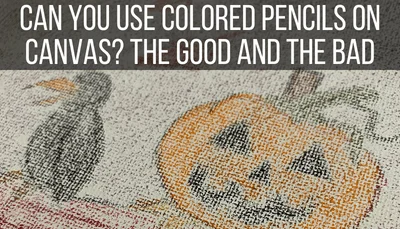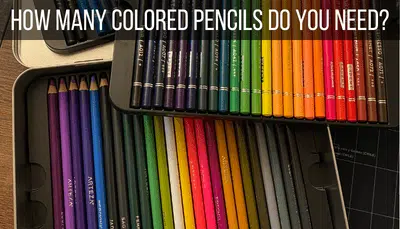Even though colored pencils are most often used with paper, they don’t have to be. In fact, colored pencils are really fun to use with a material you may not have even thought of – wood!
Colored pencils can be used on wood. It’s best to use smooth, hard wood that your colored pencils won’t leave indentations in. When drawing on the wood with your colored pencils, have a pencil sharpener nearby, as wood can wear down your pencils faster than paper.
When I first started drawing with colored pencils on wood, I thought that it would be more tricky than it actually was.
Yes, there were some differences between drawing on wood vs. paper that I had to get used to, but I got the hang of it pretty quickly.
Here are some of the tips and tricks I learned along the way.
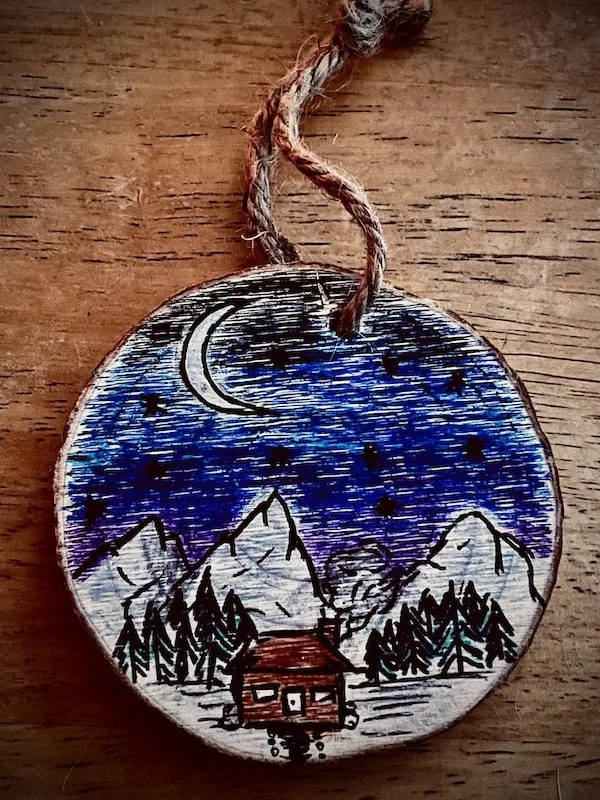
Use a Smooth Piece of Wood
When drawing with colored pencils on wood, it’s important to have a smooth and hard piece of wood to work with. If your wood is rough and soft, you won’t be able to lay down a consistent layer of colored pencil. You’ll also risk damaging your pencils. If needed, sand down your wood before starting.
When I started drawing with my colored pencils on wood, I went to Michaels and bought some small, pinewood slabs. These are designed for crafting, so I knew they would give me less trouble than a stick I found in the woods (we’ll talk about this soon).
You can find wood slabs online or at your local craft store. They come unfinished, smooth, and even. There is little, if any, prep you would need to do before getting started drawing on these slabs with your colored pencils.
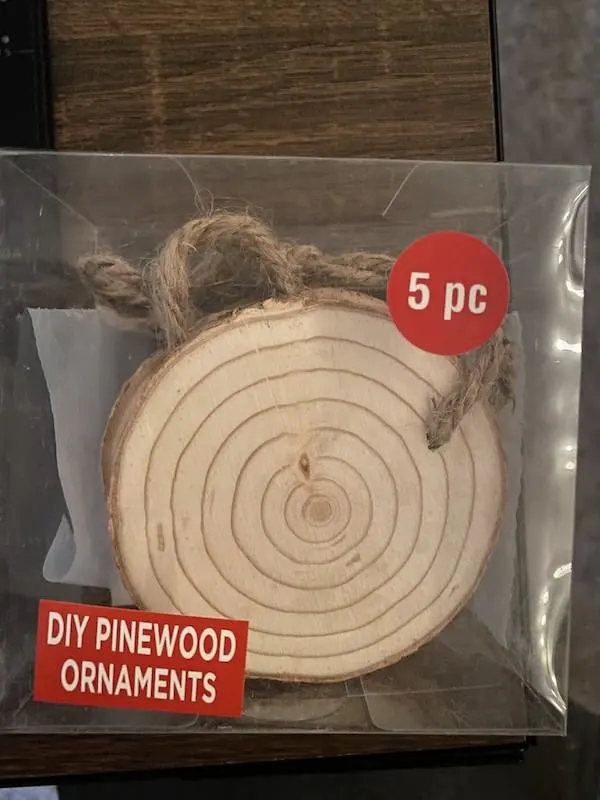
Many wood slabs you buy from crafting stores will be made from hard wood, but double check to be sure. I used pinewood slabs. Even when I was pushing hard with my colored pencils, I didn’t have any indentations or marks left behind.
Ok, so what if you don’t want to buy pre-prepared wood and instead want to use wood that you find or already have.
Collecting scrap wood from a past project; finding a neat stick in the forest; repurposing an item you found at a thrift store.
All of these things capture the spontaneity and creativity that can come with an art project. That said, these also require more prep work.
If you found a stick in the woods, you’ll want to remove any bark from it and sand it down until it’s as smooth as possible. If there are any nodules or features of the wood you want to preserve, that’s great! Just know that you’ll have a harder time coloring on those places.
If you’re repurposing a wood item with some beautiful colored pencil art, do a test stroke with your colored pencil and see if you can draw on the wood to begin with.
The item you’ve chosen may have a finish on it that doesn’t allow colored pencil pigment to stick. This is great for toddlers that want to draw all over the furniture, but not so great for artists who actually want to draw on the furniture.
When you come upon a piece of wood you want to use your colored pencils on, study it. If you can, make it as smooth as possible. Any rough places you want to keep, just be aware they might give you some trouble once you start drawing.
Also test whether your colored pencils will work on your piece of wood to begin with. If there’s a finish or coating on your piece of wood that doesn’t allow your colored pencil pigment to stick, you’ll want to deal with that before getting started.
Once you have your wood ready, it’s time to pull out your colored pencils and start drawing.
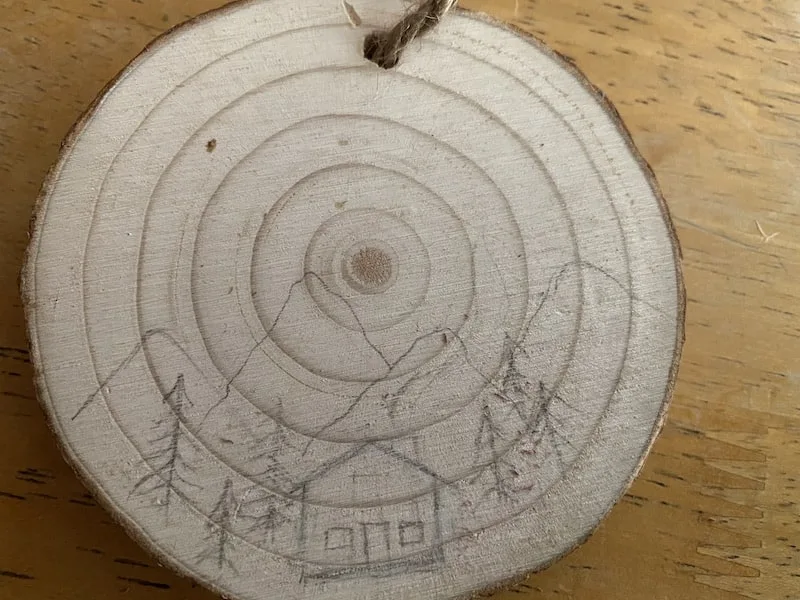
Colored Pencils are Delicate
It’s important to use hard wood with your colored pencils so they don’t leave indentations as you draw, but know this can be rough on your colored pencils. Colored pencils are delicate and prone to breaking. Have a sharpener nearby and be gentle as you use your colored pencils on your wood slab.
Even electric pencil sharpeners can be rough on colored pencils, so imagine what prolonged use with a hard piece of wood can do.
Colored pencils are delicate and can break easily. If you’re too rough with them as you draw on your piece of wood, you could end up breaking your pencils more than you’d like. Since we all want our colored pencils to last a lifetime, we want to be careful with them.
Even if you are being careful, be aware that your colored pencils may need to be sharpened more frequently than normal.
Wood is more tough than paper and, even if you have the smoothest piece of wood you could find, it’s still going to be harder on your colored pencils than a piece of paper would be.
I haven’t found wood to be that rough on my colored pencils, but I was extra careful with them and had my manual pencil sharpener nearby. I used my nice Arteza colored pencils and was nervous at first, but my pencils were great and held up very well!
It’s still possible to get the vibrant colored pencil layers you know and love in your colored pencil work. I found it easy to get the vibrancy I was looking for in just one or two layers.
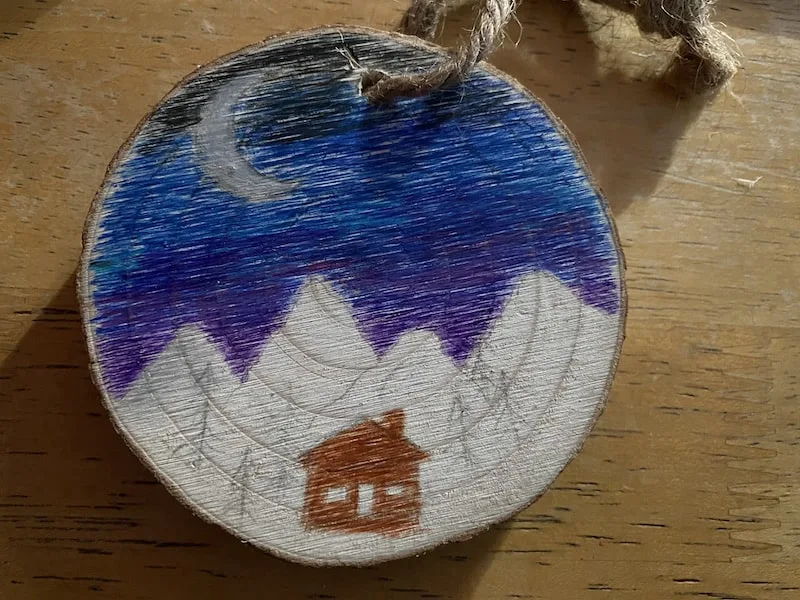
Plan How You’ll Work with the Wood Grain
The beauty and extra challenge of using your colored pencils on wood is dealing with the wood grain. Have a plan for how you’ll use the varying lights and darks, the rings, and the indentations that will show through your pencil pigment.
Dealing with the wood grain is an important part of drawing with colored pencils on wood. An important, AWESOME part! I mean, what’s the point of drawing on wood otherwise?
Drawing in harmony with the wood grain can be tricky to figure out though. Do you want to creatively use the wood grain as a part of the design? Or, like I did with my drawing below, just allow the wood grain to naturally show through without being intentional as to how it ties into the design?
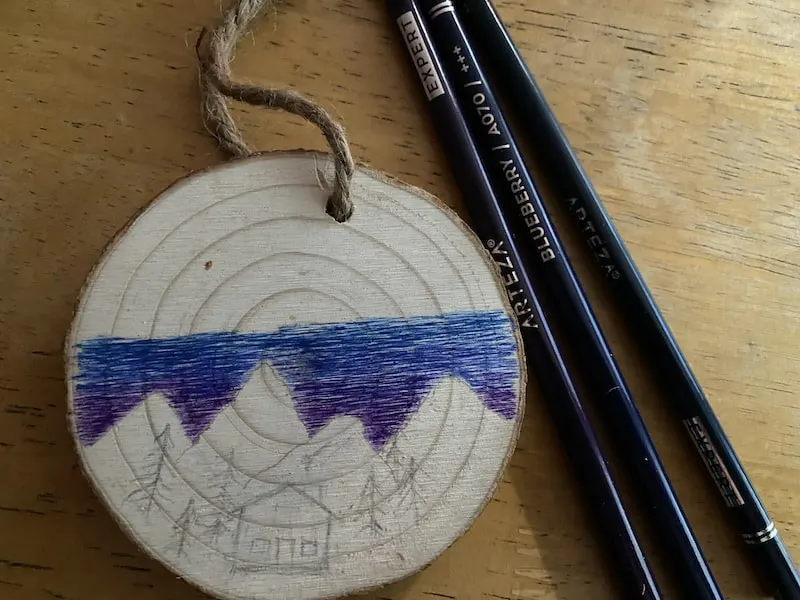
This can be an important thing to think about ahead of time because, if you haven’t drawn on wood before, it may take you by surprise as you’re working.
Have Fun with Other Mediums
For this ornament, once the colored pencil was laid down, I used pen to outline it and create the details. This made it pop and gave it the finishing touch I was looking for. So, get creative and have fun with other mediums!

Using colored pencils on wood is a great opportunity to use your trusty colored pencils in a new and different way. Once you give it a try, you’ll find that wood and colored pencils go better together than you may have originally thought. Have fun!
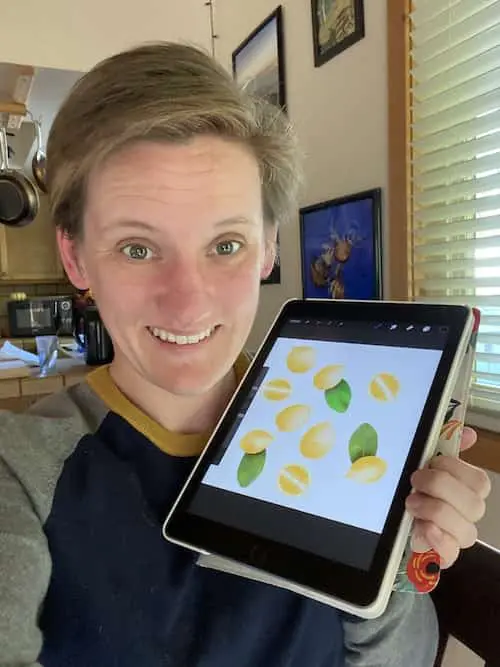
Diana has been an artist for over 27 years and has training in drawing, painting, digital drawing and graphic design. Diana’s latest obsession is digitally drawing with Procreate and Procreate Dreams. Diana has experience selling her art across a number of platforms and loves helping other artists learn how to make money from their art as well.

